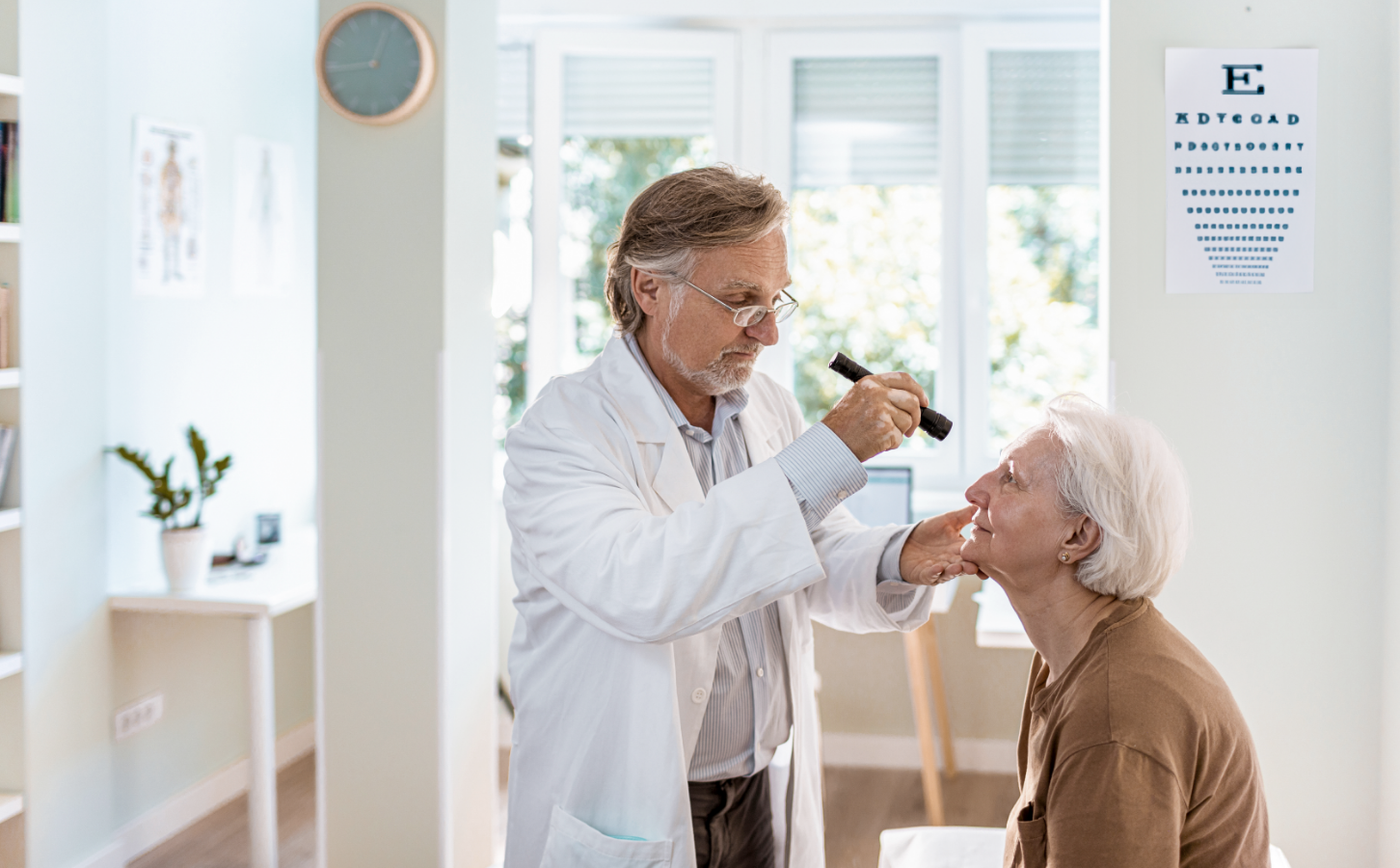When I first started my current clinic nearly a decade ago, an acquaintance asked if I would see her grandfather, who had advanced glaucoma.
Advanced and advancing!
He arrived later that week—a very kind gentleman with a great demeanor. When I evaluated his nerves, I observed CDs of 0.95 x 0.9 in one eye and 0.85 x 0.85 in the other. His pressures were 30mmHg OD and 31mmHg OS. His OCT, specifically the RNFL and GCC measurements, were consistent with advanced glaucoma. He was scheduled for a visual field test and repeat IOP measurements early next week. He had significant peripheral field loss in both eyes, with greater loss of OD.
Current medications
He presented the often seen ‘ziplock bag of drops’, having at least eight different medications—first red flag. I asked him how and when he used each drop, and he wasn’t sure how to answer. I began explaining what the drops were used for, and that seemed to help him recollect—he informed me that he uses generic latanoprost twice a day and timolol before bed. As for the rest of the drops, he couldn’t recall how adherent he’d been since his eyes often hurt after administering the drops. I immediately explained that dosing latanoprost once a day is much more effective and safer, as excessive dosing could lead to toxicity or inflammation.
SLT + easy to use drops
After performing SLT, I ordered the Quad and Triple, preservative-free drops from Imprimis. The Quad contains timolol, brimonidine, dorzolamide and latanoprost is dosed QHS. It comes in a 5ml bottle, so he knows to use the smaller bottle before bed. The TRIPLE, dosed in the morning, contains timolol, brimonidine and dorzolamide and comes in a 10ml bottle.
Educating patients with complex eye diseases
I like to use Exam Mode, a feature in the Rendia app, to teach patients about glaucoma. I find it efficient to quickly orient the patient with a complex disease to the eye structures involved and the primary mechanism of the disease. I can also use it to explain laser procedures, advanced surgical options and drops.
I begin in Exam Mode and click “Glaucoma (open)” under the Conditions tab. This allows me to show the pressure inside the eye, which helps avoid blood pressure confusion and other misinterpretations. I then click the posterior pole icon to the right, which takes the patient to the optic nerve and shows the progression or changes to the nerve, which I can explain.
I emphasize that this progression is critical as we hope to prevent further progression of this blinding disease. I then click on the POV icon at the bottom, which shows the patient how vision loss may progress. From there, I go to the Treatments Tab on the left and select Laser Trabeculoplasty, which shows the laser beams being directed to the TM. And finally, I clicked on “Eye Drops.”
One very nice feature of Exam Mode is that once you identify the condition, in this case, glaucoma, and the only options (in bold) are specific to glaucoma treatments. There are over 15 treatment options spanning from new and existing innovations to traditional therapies. The entire explanation using the app takes me about 1.5 to 2 minutes!
I can’t overstate how valuable it is in saving time, increasing compliance and patient understanding and especially helping patients pursue the recommended treatments—in his case, SLT and drops.
Seven years later
I recently saw the patient for his glaucoma evaluation. His IOP seven years ago after SLT and the Quad + Triple drops went to the low teens and has remained there every visit. His visual fields, OCT and optic nerve continue to show relative stability and no further field loss. When I first examined this patient, I anticipated he’d need advanced glaucoma surgery from a glaucoma specialist. But this was never the case, as the patient’s pressure currently remains between 11-13 mmHg.
And with only two bottles, he has no issue remembering which drop to use, and when.
About Rendia, a PatientPoint company
Rendia is inspired by the real conversations doctors have with patients every day. Our name represents the moment of comprehension when a beautifully rendered visual transforms complex clinical information into meaningful and memorable insight.
Rendia reflects the intersection where intention, action, and technology meet, bridging the communication gap between doctors and patients to build better relationships and improve patient outcomes.
Learn how Rendia, a PatientPoint company, can help you educate your patients to improve care, adherence and outcomes.

